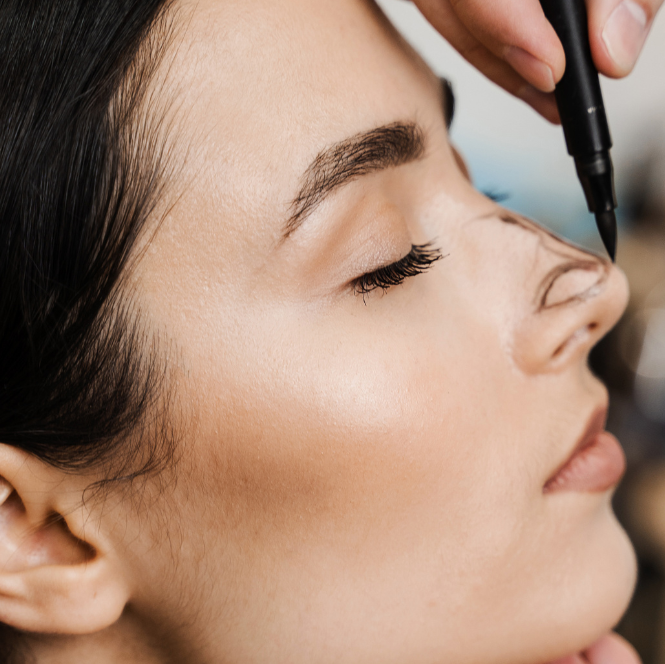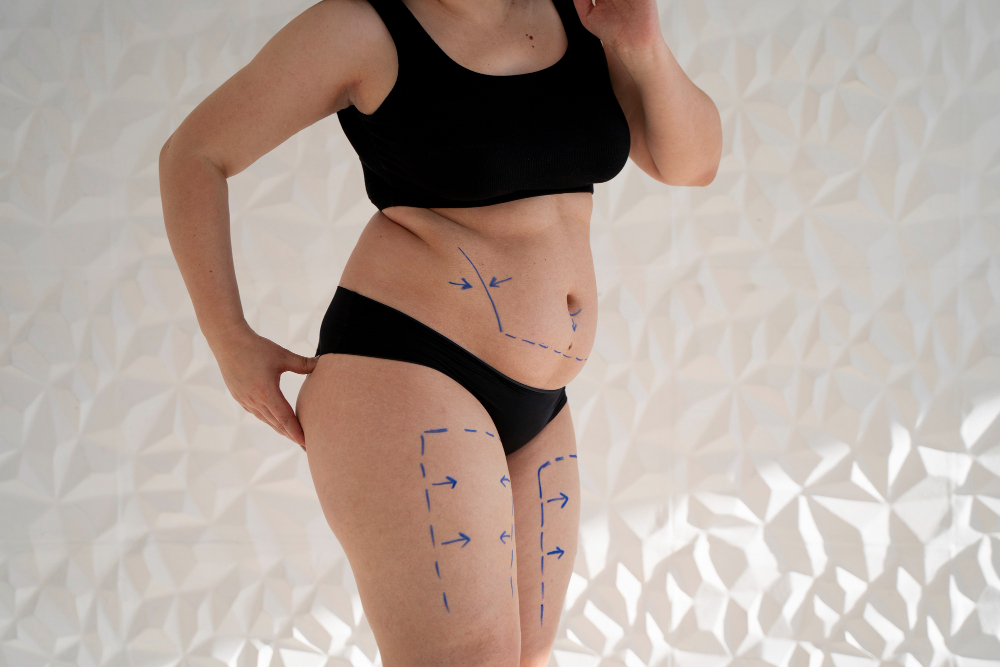Non-Surgical vs. Surgical Rhinoplasty: Which Is Right for You?

When it comes to reshaping or refining the nose, rhinoplasty is often considered the gold standard. But today’s patients have more options than ever—namely, surgical rhinoplasty and non-surgical rhinoplasty (also called liquid rhinoplasty). Both have their advantages and limitations, making it essential to understand which approach suits your goals, lifestyle, and expectations best.
In this article, we’ll break down the key differences, benefits, and considerations of non-surgical vs. surgical rhinoplasty (جراحة تجميل الأنف في الرياض) to help you decide which might be right for you.
What Is Surgical Rhinoplasty?
Surgical rhinoplasty is a traditional, invasive procedure where a plastic surgeon reshapes the bone and cartilage of the nose under general anesthesia. It can correct a wide range of issues, from cosmetic changes to functional problems like a deviated septum.
Key features:
Permanent results: The changes are lasting since the surgeon physically modifies the nose’s structure.
Comprehensive corrections: Ideal for addressing significant size, shape, or breathing concerns.
Recovery time: Typically requires 1–2 weeks off work, with swelling taking several months to fully resolve.
Cost: Generally higher due to anesthesia, operating room fees, and surgeon expertise.
What Is Non-Surgical Rhinoplasty?
Non-surgical rhinoplasty is a minimally invasive procedure where injectable dermal fillers (usually hyaluronic acid-based) are used to alter the nose’s shape temporarily. This technique is sometimes called “liquid rhinoplasty” because it uses fillers instead of surgery.
Key features:
Temporary results: Effects last 6–18 months depending on the filler type.
Quick and convenient: Usually completed within 15–30 minutes with minimal downtime.
Subtle improvements: Best suited for smoothing bumps, lifting a droopy tip, or correcting minor asymmetries.
Lower cost: Less expensive than surgery, with no anesthesia or operating room needed.
Comparing the Benefits
Feature Surgical Rhinoplasty Non-Surgical Rhinoplasty
Permanence Permanent Temporary (6–18 months)
Scope of correction Can address major structural changes Limited to minor shape adjustments
Recovery Requires downtime, swelling, bruising Minimal downtime, mild swelling possible
Cost Higher, due to surgery and anesthesia More affordable, outpatient procedure
Risk Higher risk due to surgery, anesthesia Lower risk; mainly minor side effects
Reversibility Irreversible changes Can be partially reversed with hyaluronidase
Who Is a Good Candidate for Surgical Rhinoplasty?
Surgical rhinoplasty is ideal if you:
Desire permanent, significant changes in nose shape or size.
Need to correct structural issues affecting breathing.
Have a nasal deformity from injury or birth defect.
Are willing to accept longer recovery and higher costs.
Want a comprehensive solution rather than subtle refinement.
Who Is a Good Candidate for Non-Surgical Rhinoplasty?
Non-surgical rhinoplasty works best for those who:
Want to try out changes before committing to surgery.
Have minor bumps or asymmetries to smooth out.
Desire a subtle lift of the nasal tip or bridge.
Prefer minimal downtime and lower cost.
Understand that results are temporary and may require maintenance.
Limitations of Each Procedure
Surgical Rhinoplasty Limitations:
Longer recovery and potential for swelling or bruising.
Risks associated with anesthesia and surgery.
Not easily reversible.
Higher financial investment.
Non-Surgical Rhinoplasty Limitations:
Cannot reduce the size of the nose.
Limited in addressing breathing or severe structural issues.
Results are temporary and require repeat treatments.
Risk of vascular complications if performed improperly.
Making the Right Choice
Choosing between surgical and non-surgical rhinoplasty depends on your individual needs and goals. Here are some questions to consider:
How dramatic a change do you want?
Are you seeking a permanent solution?
How much downtime can you afford?
What is your budget?
Do you have any breathing or functional nasal problems?
Are you comfortable with injections or prefer surgery?
Consultation Is Key
Whether you lean toward surgical or non-surgical rhinoplasty, a thorough consultation with a qualified, board-certified plastic surgeon or facial specialist is essential. They can evaluate your nose, discuss your goals, and recommend the safest, most effective approach tailored to you.
Final Thoughts
Both surgical and non-surgical rhinoplasty offer unique advantages for enhancing nasal aesthetics and boosting confidence. Surgical rhinoplasty remains the best option for lasting, comprehensive results, especially when functional correction is needed. Meanwhile, non-surgical rhinoplasty offers a quick, lower-risk alternative for subtle improvements and “try-before-you-buy” options.
Understanding these differences helps you make an informed choice and set realistic expectations. Whichever path you choose, partnering with an experienced provider ensures the best outcome for a balanced, natural-looking nose.
Note: IndiBlogHub features both user-submitted and editorial content. We do not verify third-party contributions. Read our Disclaimer and Privacy Policyfor details.







